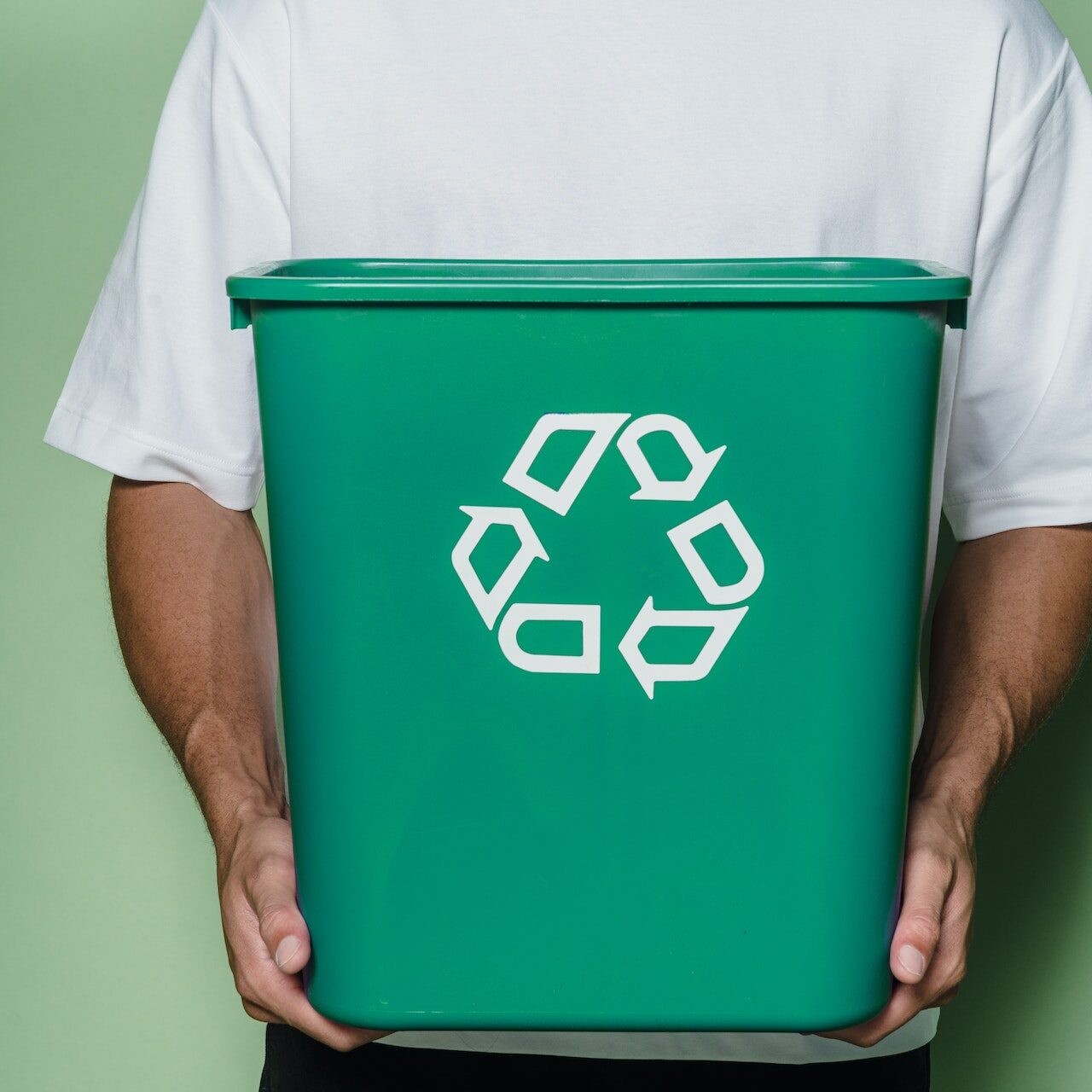Why is it important to look at the life cycle of plastics?
Every plastic object has its own story: from its production to its end-of-life processing, it consumes energy and resources, and has an impact on the environment. Understanding its life cycle means becoming aware of its ecological footprint, and trying to adapt more sustainable solutions to everyday life, on both a small and large scale.
The origin and production of plastic
Plastic is essentially made from crude oil. Once extracted from the ground, the crude oil is “refined” into various products, such as naphtha, a liquid rich in light hydrocarbons.
Plastic is produced in three stages:
- Refining process: naphtha is heated to 800°C and then cooled, causing its hydrocarbon molecules to break into small pieces, creating monomers.
- Polymerisation: by addition or condensation reactions, monomers bond together to form polymers.
- Compounding/Processing: Once the adjuvants and additives have been added, the polymers become the different types of plastic we come across every day. They are then shaped by molding, extrusion, injection or thermoforming.
Crude oil is the main source of plastic, but it can also be produced from renewable materials. These plastics can therefore be biodegradable, but their production is still less frequent.
The seven different types of plastic
There are a total of seven different types of plastic, each with its own recyclability characteristics. These are classified from 1 to 7:
1. PET: Polyethylene Terephthalate. This type of plastic is commonly used in food packaging.
2. HDPE: High-Density Polyethylene. Stiff and opaque, it is used, for example, to make bottles for washing powder, milk...
3. PVC: Polyvinyl Chloriderure. Sewer pipes are created from this material.
4. LDPE: Low-density Polyethylene. It has the same properties as HDPE and is used, among other things, to make garbage bags.
5. PP: Polypropylene. Widely used in automotive parts, it is water and temperature resistant and has good chemical resistance.
6. PS: Polystyrene. This petroleum-based plastic is found in items such as disposable cutlery.
7. Others: Their characteristics depend on the type of material, and they cannot be recycled.
The recyclability of these different types of plastic can be divided into three categories:
- Easily recyclable: PET (1), HDPE (2), PP (5)
- Sometimes recycled : LDPE (4), PVC (3)
- Very low recyclability: PS (6), Others (7)
You can see these numbers on all kinds of plastic objects, surrounded by a ribbon. This loop is called the “Möbius loop”, and is the universal symbol for the recyclability of plastics. When there's a percentage inside the loop (for example: 25%), it means that 25% recycled material has been used to make the product.

Plastic lifetime
The lifetime of plastic differs according to the type of plastic, its environment and its use. In most cases, it takes a very long time to decompose.
National Geographic gives three key figures:
- 5,000 billion pieces of plastic float in the oceans,
- Almost a million plastic bottles are sold every minute,
- Over 40% of plastic is used only once before being thrown away.
To understand the huge impact these three facts have, here are a few examples of how long some plastic objects take to decompose:
- Plastic bottle: about 450 yearsi
- Polystyrene: over 1000 years
- Fishing net: 600 years
End-of-life plastics
What happens when we throw away our plastic object? Plastic can be found in four different situations.
First of all, it can be recycled. This is unfortunately only a small part of what actually happens.
It can also be incinerated, i.e. burned. This produces greenhouse gases and toxic substances.
The plastic is also landfilled, or in other words, it is buried.
Finally, it can also end up in nature, particularly in the oceans. According to the UN, some 8 million tons of plastic end up in the oceans every year.
Environmental impact
Plastic contributes to sustainable pollution. Microplastics, from a wide variety of sources, can be found everywhere: in the oceans, in the air, in soil and food, and even in our bodies. It also has a negative impact on wildlife and disrupts the ecosystem.
Plastic is climate poison. According to the UN, the production and management of plastics in 2019 was responsible for 1.8 billion tons of greenhouse gas emissions, representing around 3.4% of global emissions.
Understanding the plastic life cycle